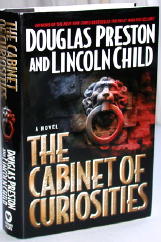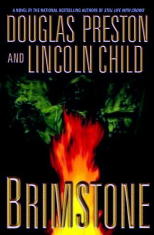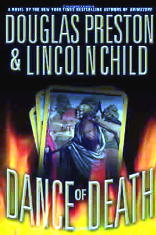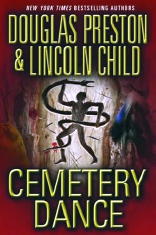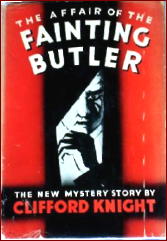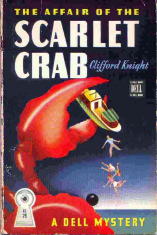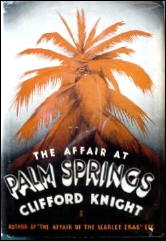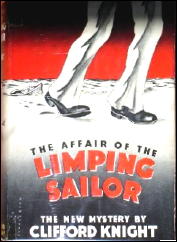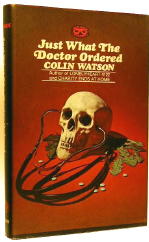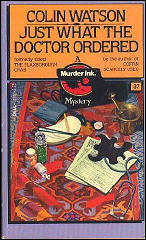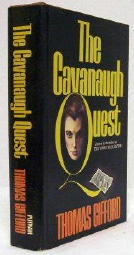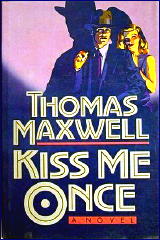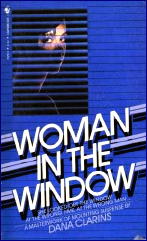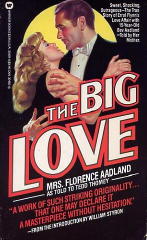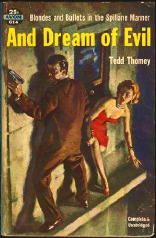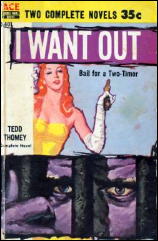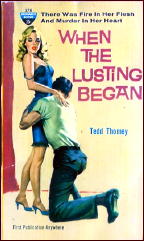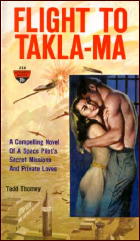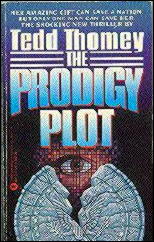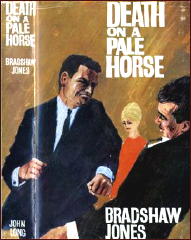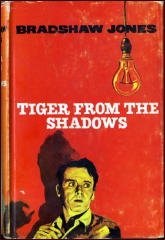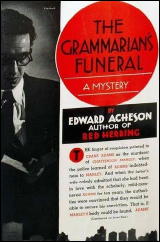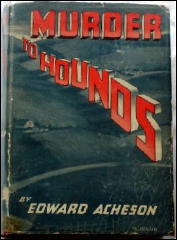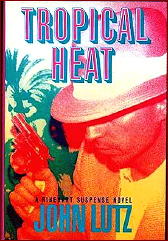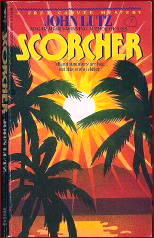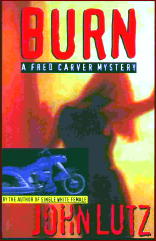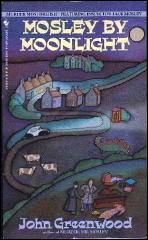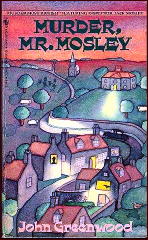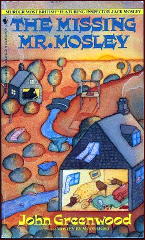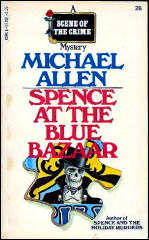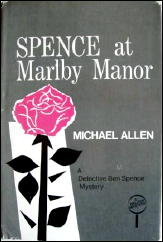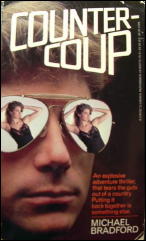THOMAS GIFFORD – The Glendower Legacy.
G. P. Putnam’s Sons, hardcover, 1978. Paperback reprint: Pocket, 1979.

The world of academia scores a couple of telling blows to the ungodly in this, the latest thriller to come from the typewriter of the author of the highly acclaimed The Wind Chill Factor, but otherwise not all is well.
To borrow a term from the incomparable Mr. Hitchcock of movie fame, the MacGuffin, the object that all parties devoutly desire but which in fact may be all that keeps the plot moving, is a document dating from the days of the American Revolution — from Valley Forge, to be precise, at a time when morale was low and the ravages of dysentery were visibly high.
Betrayal at any moment, even by the commander-in-chief himself, given the right conditions and frame of mind, was a distinct possibility.
If this document could be authenticated, the resulting scandal would rock the nation, and a director of the Russian KGB with a sense of humor takes a serious interest as well. The scene shifts dramatically to Harvard Square and then to the remotest crannies of Maine before heading even further north, to a massive house located high up on the rocks of the Nova Scotia coast.
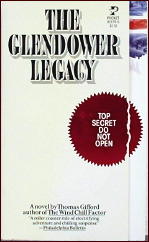
The hero, taking the role that Cary Grant would play, is a naive, middle-aged professor of American history, and in spite of their initial mutual antagonisms, when he takes refuge in the home of the fiercely liberated TV newsperson (Audrey Hepburn), you know that everything is just going to work out all right.
Harvard, however, will hardly be the same. Bodies pile up, torture scenes (with pliers) abound — and, you might ask — for what?
Successful combinations of comedy, blood and suspense can be done. They are a specialty of the Mr. Hitchcock previously referred to. Gifford can weave a nasty spell with words, but the enormous improbability of such a sequence of events, given the timetable suggested, drags the early part of the story into a morass of page-flipping, and the jagged abruptness with which it’s all wrapped up only points out the lack of solid substance throughout.
Nothing is gained. Pessimistically a number of lives are lost, and the pretense that it’s all in good fun can’t be maintained forever.
Definitely written with the movies in mind, and it could very well make a good one. It’s flashy and glib, and the weaknesses in the foundation can be easily overlooked. After the end of the book is reached — and believe me, once started, you most definitely will — that’s when the sugar-coating will be recognized, alas, for what it is.
Artificial, that is, and not altogether satisfying.
– From The MYSTERY FANcier, Vol. 3, No. 3, May-June 1979, slightly revised. The original review also appeared earlier in the Hartford Courant.
Bibliography —
The Wind Chill Factor, Putnam, 1975.
The Cavanaugh Quest, Putnam, 1976. (Nominated for the Edgar Award, Best Novel, 1977.)
The Man from Lisbon, McGraw, 1977.
The Glendower Legacy, Putnam, 1978.
Hollywood Gothic, Putnam, 1979.
The Assassini, Bantam, 1990.
Praetorian, Bantam, 1993.
The First Sacrifice, Bantam, 1994.
Saint’s Rest, Bantam, 1996.
as Thomas Maxwell —
Kiss Me Once, Mysterious Press, 1986.
The Saberdene Variations, Mysterious Press, 1987.
Kiss Me Twice, Mysterious Press, 1998.
The Suspense Is Killing Me, Mysterious Press, 1990.
as Dana Clarins —
Woman in the Window, Bantam, pbo, 1984.
Guilty Parties, Bantam, pbo, 1985.
The Woman Who Knew Too Much, Bantam, pbo, 1986.
[UPDATE] 06-14-09. I mentioned The Wind Chill Factor in the opening paragraph, a reference that was more useful when this review first appeared, as the book is all but forgotten now.

In fact August West reviewed it as just that not so long ago on his blog, as one of Patti Abbott’s “Friday Forgotten Books” project. It’s a spy thriller that starts out in Minnesota, but it quickly goes international with a stirred-up nest of neo-Nazis.
I reviewed it myself back when it first came out, and one of these days I’ll come across it again, so maybe my review (also positive) will show up here some day as well.
I wrote this review a few years before the movie I predicted did come out, and of course I was right about that, but I was wrong about who the stars were going to be.
The movie was called Dirty Tricks — and are you ready for this? — the stars were Elliott Gould and Kate Jackson. Passable choices, perhaps, but they were never to be confused with Cary Grant and Audrey Hepburn, and the inclusion of Rich Little as one of the players shows what the primary thrust of the movie was.
I’ve not seen it myself, but its rating on IMDB is 4.4 out of 10, which is Not Very Good.
